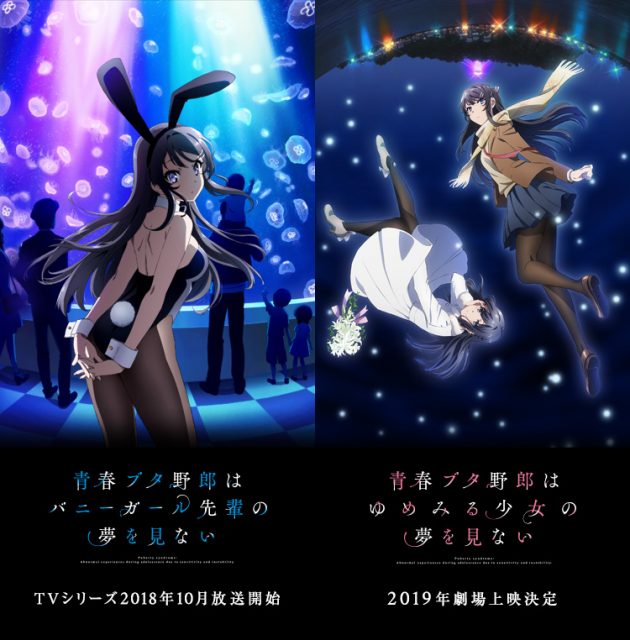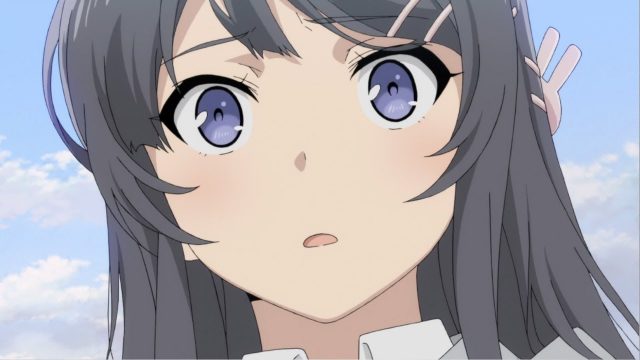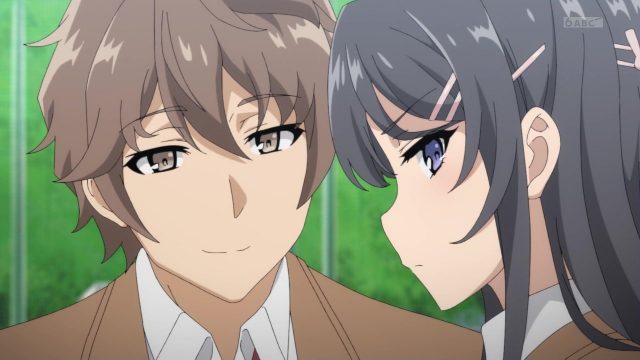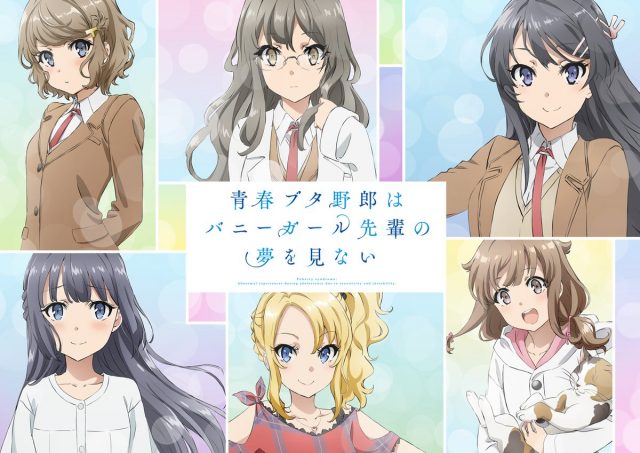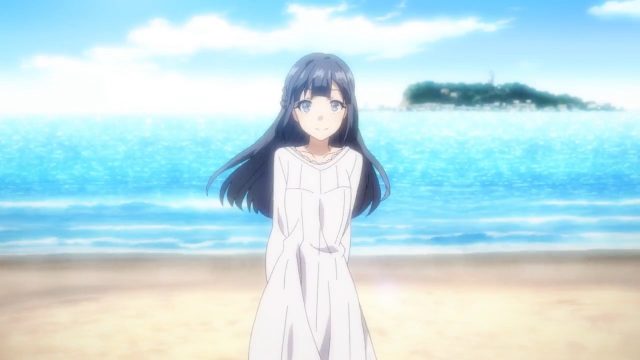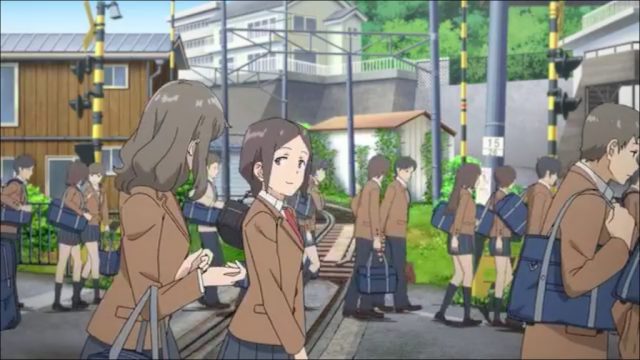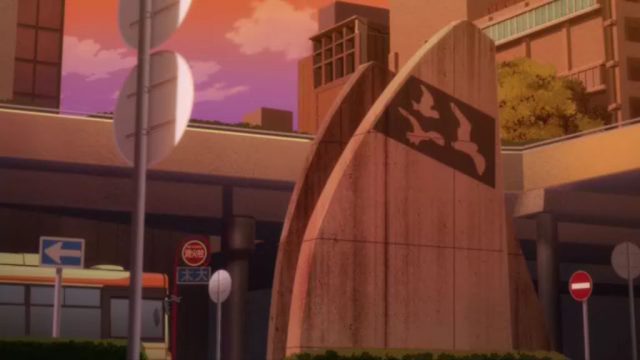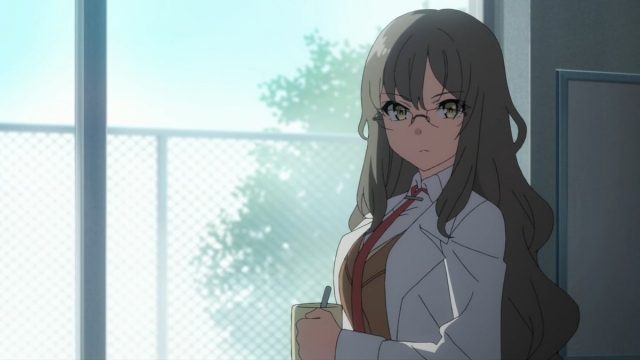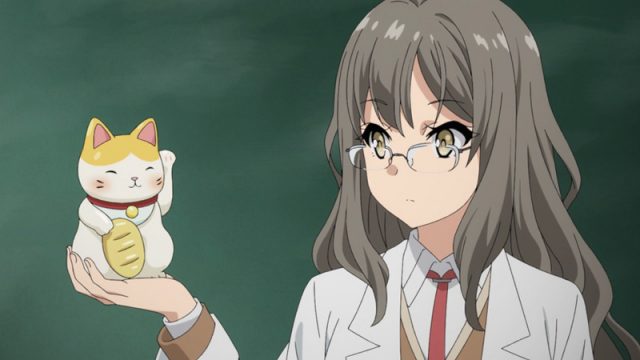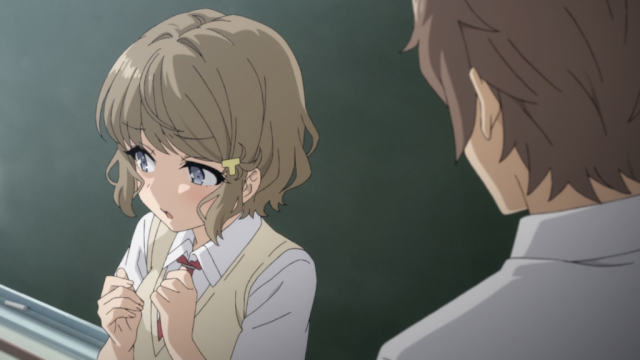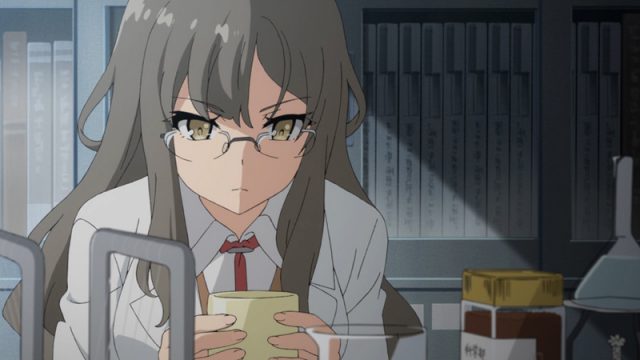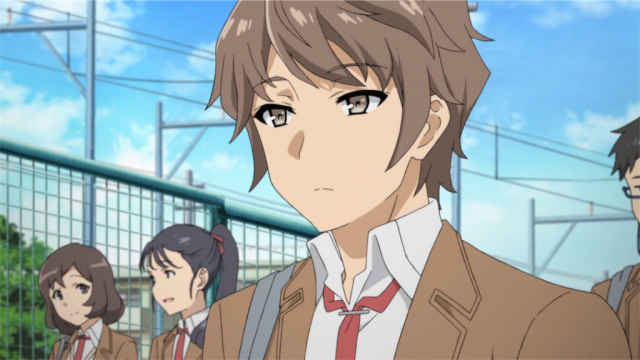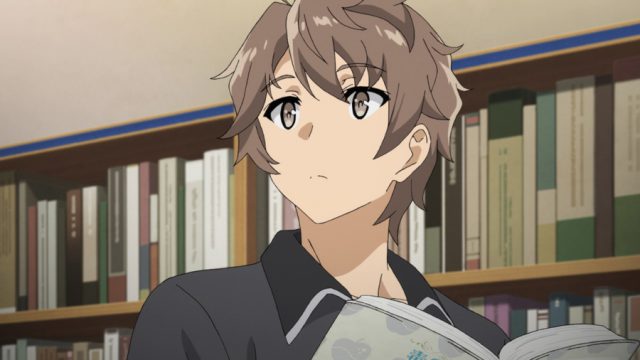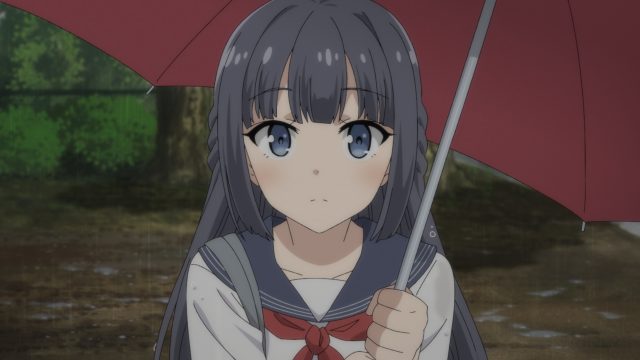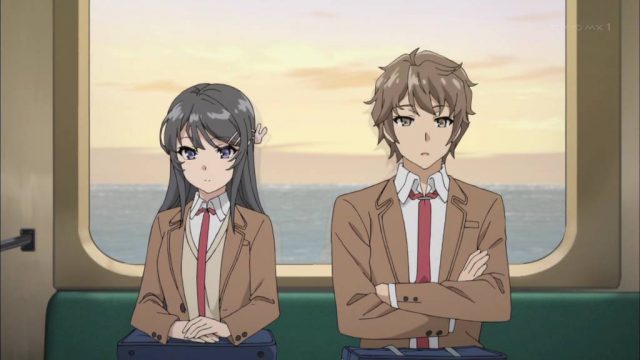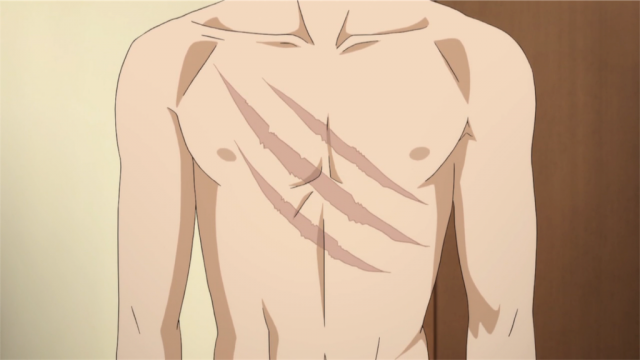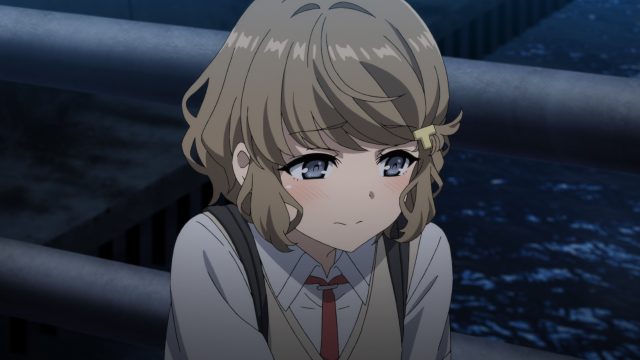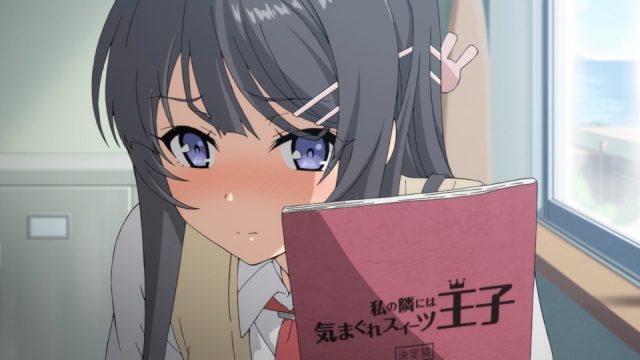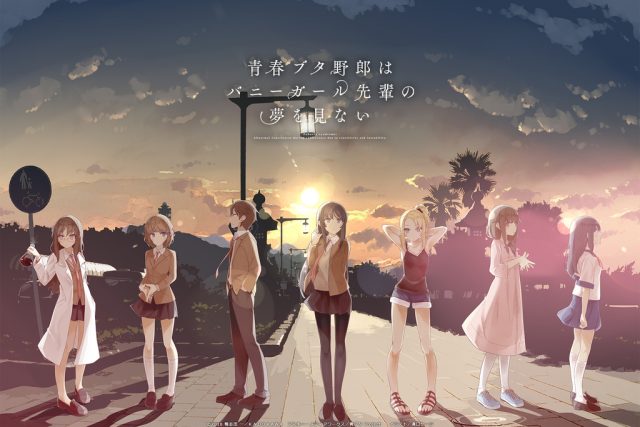The "Rascal Does Not Dream of Bunny Girl Senpai" series is brought to you by the familiar duo of Kamoshida Hajime and Mizoguchi Cage, known for "The Pet Girl of Sakurasou." When it was adapted into a TV anime, it was broadcast under the title "Rascal Does Not Dream of Bunny Girl Senpai," and each story is full of unmissable developments. We've compiled a list of the original sources of this highly anticipated anime, including the titles, names, and settings of the works, so take a look.
What is the original source of "Rascal Does Not Dream of Bunny Girl Senpai"?
Rascal Does Not Dream of Bunny Girl Senpai is a youthful romantic comedy written by Hajime Kamoshida and illustrated by Cage Mizoguchi. Each story features a different heroine, and the series is affectionately known as the "Rascal Does Not Dream of Bunny Girl Senpai" series. The series was adapted into a TV anime in 2018 and a theatrical anime in 2019, but what are the origins of the title, characters, setting, and more? We've put together a detailed summary, so be sure to read to the end.
What is the origin of the title of the "Rascal Does Not Dream of Bunny Girl Senpai" series?
If the title "Rascal Does Not Dream of Bunny Girl Senpai" rings a bell, you're probably a fan of science fiction movies. The title is similar to "Do Androids Dream of Electric Sheep?", the original work on which the 1982 sci-fi film "Blade Runner" was based, so it is likely that this is the source material for the title. The story explores the differences between androids and humans, and shares some similarities with the meaning of existence depicted through the darkness in the hearts of adolescent boys and girls in the "Rascal Does Not Dream of Bunny Girl Senpai" series.
Girls Growing Up Through Puberty Syndrome
While the "Rascal Does Not Dream of Bunny Girl Senpai" series is classified as a coming-of-age romantic comedy, the "Adolescence Syndrome" depicted in the story also incorporates elements of science fiction. The book introduces adolescent syndrome as a series of unbelievable and mysterious phenomena, such as disappearing from one's existence, repeating the same day over and over again, or the birth of a doppelganger. All of these arise from the darkness in the hearts of those who experience them, and are caused by things like wanting to live the perfect day or wanting to acknowledge that there is a part of themselves that they do not want to acknowledge, and in order to resolve these symptoms, it is necessary to face oneself and be honest.
The characters are meticulously drawn.
Adolescent syndrome is expressed through the desire to turn a blind eye to difficult truths, and each character's emotions are swirling within it. While Sakuta Azusagawa may seem insensitive, he takes each heroine's feelings into consideration and acts accordingly, leading them to a resolution. He treats the adolescent girls, who reject his calls, with strictness yet kindness, and continues to treat them even if it means they dislike him. Watching this clash of emotions will keep you glued to your screen, and your heart is sure to be warmed.
Each episode features a distinctly different heroine.
While collectively referred to as the "Rascal Does Not Dream of Bunny Girl Senpai" series, the original manga has previously been published under the titles "Bunny Girl Senpai," "Petite Devil Kouhai," and "Logical Witch." This is because the heroine is clearly different in each volume, making it clear who the problem is about. Also, the origin of names like "Bunny Girl Senpai" comes from the way Azusagawa Sakuta saw the heroine in the story, suggesting that she made a very strong impression on him.
Where did the "Rascal Does Not Dream of Bunny Girl Senpai" series originate from?
The entire series, including "Rascal Does Not Dream of Bunny Girl Senpai," features a variety of detailed scene descriptions, making them easy to visualize. So where does the story of the "Rascal Does Not Dream of Bunny Girl Senpai" series take place? All of the events take place in real cities and locations, so if you've become interested in the series through the anime or original work, why not go on a pilgrimage to visit some of the locations?
The story is centered around Kamakura City, Kanagawa Prefecture
The "Rascal Does Not Dream of Bunny Girl Senpai" series is primarily set in Kamakura City, Kanagawa Prefecture, and Minegahara High School, where protagonist Sakuta Azusagawa and his friends attend, is also a real school. In reality, it is Kanagawa Prefectural Shichirigahama High School, and not only is it located just a stone's throw from the station, but Shichirigahama Beach stretches out in front of the school. Additionally, Enoshima and the aquarium where Azusagawa Sakuta and Koga Tomoe went on their date are also faithfully recreated in the anime.
Fujisawa City, where Azusagawa Sakuta lives, is also beautifully recreated.
Azusagawa Sakuta and Sakurajima Mai live in Fujisawa City, not Kamakura City, and this is also realistically recreated in the story. The bookstore where he met his doppelganger, Futaba Rio, during his summer vacation was Junkudo, located inside Bic Camera in front of Fujisawa Station. It's now a different store, but the location of the shop that sold Sakurajima Mai's favorite cream buns is still the same. Even if you come to the urban city of Fujisawa, you can still fully experience the atmosphere of the "Rascal Does Not Dream of Bunny Girl Senpai" series, so it might be a good idea to consider it as a base for sightseeing, etc.
Origins and Concepts of Quantum Mechanics Frequently Appearing in the "Rascal Does Not Dream of Bunny Girl Senpai" Series
"Adolescent Syndrome" is a key term in the "Rascal Does Not Dream of Bunny Girl Senpai" series, but within the story, it is treated as an urban legend. However, because there are people who have actually experienced it, including Azusagawa Sakuta, it has come to be recognized by those involved that it actually exists. Meanwhile, Azusagawa Sakuta turns to Futaba Rio for advice on resolving the issue, and she provides a scientific explanation for urban legends. We've picked out some of the most representative ones that have appeared so far.
Schrödinger's Cat
In the episode of Puberty Syndrome, where Mai Sakurajima's existence disappears, Rio Futaba uses the concept of "Schrödinger's cat." The experiment involved placing a cat and a poison gas generator in a box to see if the cat was still alive after a certain amount of time had passed, but quantum mechanics explains that the cat's life or death is determined the moment the box is opened. In other words, the fact that Sakurajima Mai's non-existence became widely known led to her disappearance. In order to break this cycle, Azusagawa Sakuta takes the bold step of confessing his feelings to the entire school.
Laplace's Demon
Although quantum mechanics completely refutes this theory, Rio Futaba believes that the reason the same day repeats itself over and over again is due to "Laplace's Demon." If you break it down, Koga Tomoe, who is the very embodiment of Laplace's Demon, is able to repeat the future over and over again until she arrives at a convenient one. To do this, she makes a confession from a senior in the basketball club who her friend has feelings for disappear, and even repeats the last day of the first semester in order to become a permanent couple with Azusagawa Sakuta, and continues to roll the dice until she arrives at her ideal day.
Quantum Teleportation
When Rio Futaba's doppelganger was born, the term "quantum teleportation" was used, rather than an urban legend. It is explained that distant quanta send information to each other and confirm the information sent to different locations, creating another Futaba Rio. In quantum mechanics, existence is only confirmed once it is observed, so it is thought that there may not actually be another Futaba Rio, but in fact, another Futaba Rio does exist. However, because the two never meet face to face, it is not clear in the story whether or not two people actually existed.
Names of Characters in the "Rascal Does Not Dream of Bunny Girl Senpai" Series
The names of characters in the "Rascal Does Not Dream of Bunny Girl Senpai" series follow a certain pattern, and there are also some original sources. Those who have already seen the anime or read the original work may already know, but what is the pattern behind their names? These names are also derived from real-life objects, so be sure to check them out.
Their last names are derived from real highway rest areas.
The last names of the characters in the "Rascal Does Not Dream of Bunny Girl Senpai" series are all based on the names of real highway rest areas. The Azusa River is located in Azumino City, Nagano Prefecture, Sakurajima is in Aira City, Kagoshima Prefecture, and Makinohara is actually in Makinohara City, Shizuoka Prefecture. As the names of service areas all over the country have been adopted, locals may find some of them interesting. After watching the anime or reading the original manga, be sure to visit for yourself.
The unique self-introduction originated with Shoko Makinohara
The "Rascal Does Not Dream of Bunny Girl Senpai" series features unique self-introductions, such as "At the Azusa River at the Azusa River Service Area..." This begins with Makinohara Shoko's introduction to Azusagawa Sakuta, and it's clear that it was influenced by the words of a person who was a catalyst for a major change in his life. The only exception is Sakurajima Mai, whose introduction takes advantage of her status as a famous celebrity, which also shows her unique style.
What is the origin of the key word "puberty syndrome" in the "Rascal Does Not Dream of Bunny Girl Senpai" series?
Finally, let's consider the origin of "Adolescent Syndrome," the most significant keyword in the "Rascal Does Not Dream of Bunny Girl Senpai" series. A similar illness is known as "Adolescent Dysfunction Syndrome," but unlike in the series, no mysterious phenomena manifest. However, as in the case of Azusagawa Kaede, in addition to symptoms such as school refusal and social withdrawal, there are also physical effects such as permanent disabilities and eating disorders. Although the symptoms are different, there are common causes, so let's take a look at what these are.
A mysterious phenomenon treated as an urban legend in the story
First, let's review "puberty syndrome." It is known that its manifestations vary from person to person, ranging from the disappearance of existence to the birth of a doppelganger. Because the symptoms vary from person to person, the treatment will naturally change depending on the individual, which can be a challenge. However, having experienced a number of adolescent syndromes, Azusagawa Sakuta and Futaba Rio have come to the conclusion that there are certain common factors in the causes of the condition.
Their own disability is the trigger for the manifestation
Mai Sakurajima had been active in the entertainment industry since she was a child, so she wanted to go somewhere unknown. As for Koga Tomoe, I also hoped for an ideal tomorrow, rather than a future where nothing unpleasant happens. Futaba Rio also has a lack of self-confidence, and problems with relationships and anxiety about herself grow, which manifest as adolescent syndrome. This is a sort of mental illness, a state in which the self no longer functions normally, known as "self-disorder," and is said to be a psychological characteristic unique to adolescence.
After experiencing puberty syndrome, she appears more mature.
After worrying about herself and her relationships, she even said to Rio Futaba, "I wish I'd just disappear from this world." In real life, it's not uncommon for people to fall into a state of confusion due to their own disabilities, and the same can be said for the characters in the "Rascal Does Not Dream of Bunny Girl Senpai" series. However, these are things that are unique to adolescence, and growth awaits once the problem is resolved. In fact, Sakurajima Mai and Koga Tomoe appear somewhat more sophisticated after experiencing adolescent syndrome, and often have brighter expressions, as if they've let go of their doubts.
Summary
In the entire series, including Rascal Does Not Dream of Bunny Girl Senpai, the characters' detailed psychological portrayals are captivating. At the same time, the surrounding scenery and the characters' behavior are also detailed, so if you read the original work, you'll be able to picture them right away. Real place names, buildings, and tourist spots are included, and quantum mechanics is also used when the story gets complicated. Quantum mechanics is particularly essential to the "Rascal Does Not Dream of Bunny Girl Senpai" series. There are also famous stories, such as Schrödinger's cat, so if you're interested, be sure to check out the anime or the original work.

